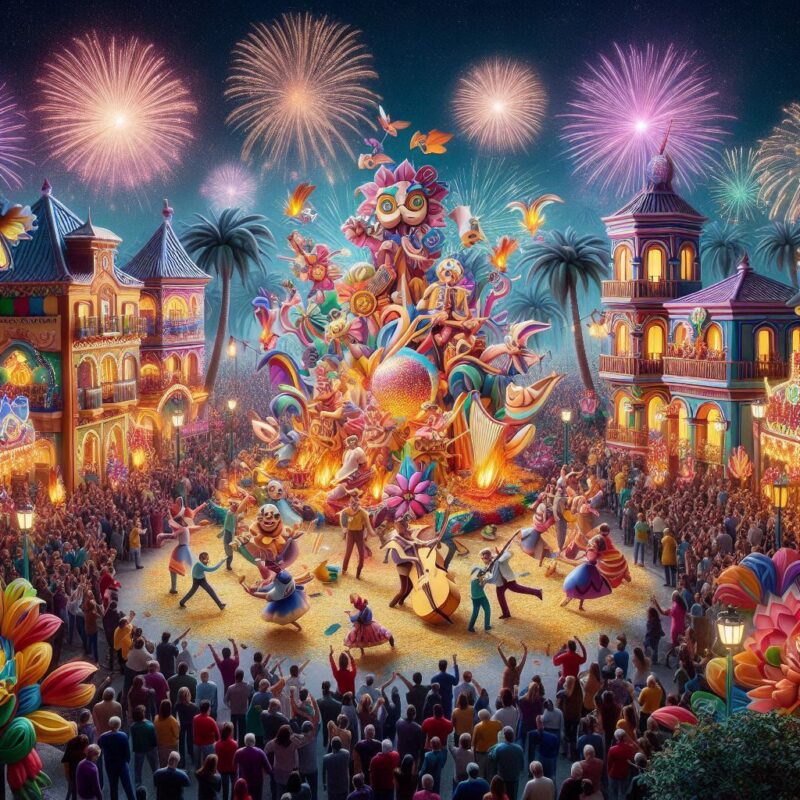Every year in March, Valencia presents one of the most remarkable festivals in the world, Las Fallas, which turns the city into a display of fire, chaos, and creativity. This UNESCO-recognized celebration starts from March 1st to March 19th, and blends centuries-old customs. With its origins rooted in the practices of Valencian carpenters, the festival has grown into a massive cultural event that attracts visitors from across the globe. In this blog, we will take you through the history, highlights, and must-experience moments of Las Fallas, offering a deep dive into what makes this festival so extraordinary.
The history of Las Fallas
The story of Las Fallas can be connected back to the Middle Ages when Valencian carpenters worked through the winter using candles and lanterns held on wooden planks known as parots. Darker days came to an end when these wooden constructions were destroyed in joy as spring arrived and brightness rose. As the custom developed, people started adorning the wood with vintage clothing to make it look like human beings. These crude effigies, called ninots, eventually evolved into more elaborate sculptures that incorporated satirical and political themes.
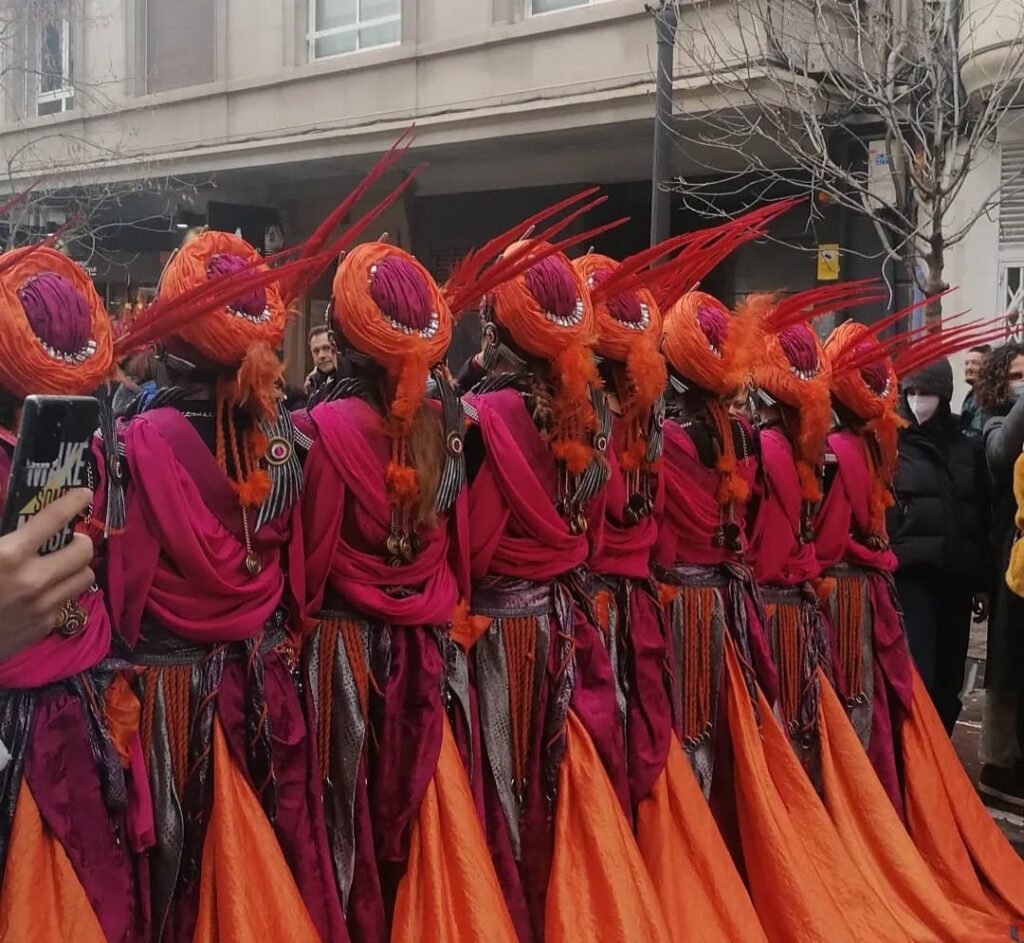
Las Fallas during the 18th and 19th centuries became formal event. Since 1885, when the first official event for the greatest falla was held, the festival has expanded to include hundreds of spectacular sculptures. If you are interested in festivals in Spain go to this website to learn more.
The artistic marvel of the ninots
At the heart of Las Fallas are the ninots, the incredible sculptures that define the festival’s visual spectacle. Figures often are several meters high, crafted by teams of skilled artists. Most important thing is that there is a meaning to every ninot. Each falla tells a unique story—some depict historical figures, others feature satirical takes on politicians or celebrities, and many reflect current global events with a humorous twist.
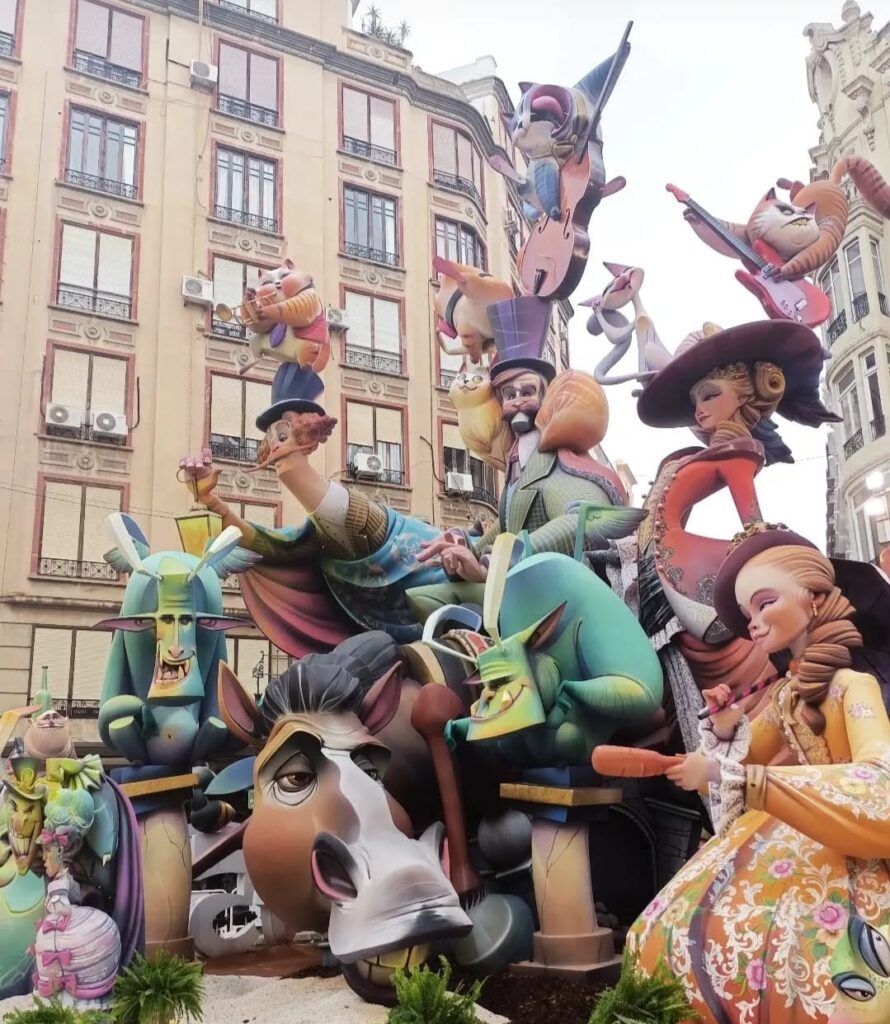
There are two main types of fallas:
Fallas mayores – The massive, complex sculptures that dominate city squares.
Fallas infantiles – Smaller fallas, designed for children, often with lighter themes.
In total, around 800 fallas are erected across the city during the festival. The most stunning and creative ones are judged in a competition, with the winning ninot being spared from the flames and displayed in Valencia’s Fallas Museum.
The explosive energy of the Mascletà and fireworks
Spain always puts maximum to festivals, no festival in Spain is complete without fireworks, but Las Fallas takes pyrotechnics to a whole next level. The Mascletà is a deafening symphony of firecrackers and explosions. It takes place every day at 2 PM in the Plaza del Ayuntamiento and it is such nicea experience. This is not just any fireworks show it’s a carefully choreographed display of rhythm and intensity, designed to be felt as much as heard. Beautiful experience and the best way to watch it is from balcony.
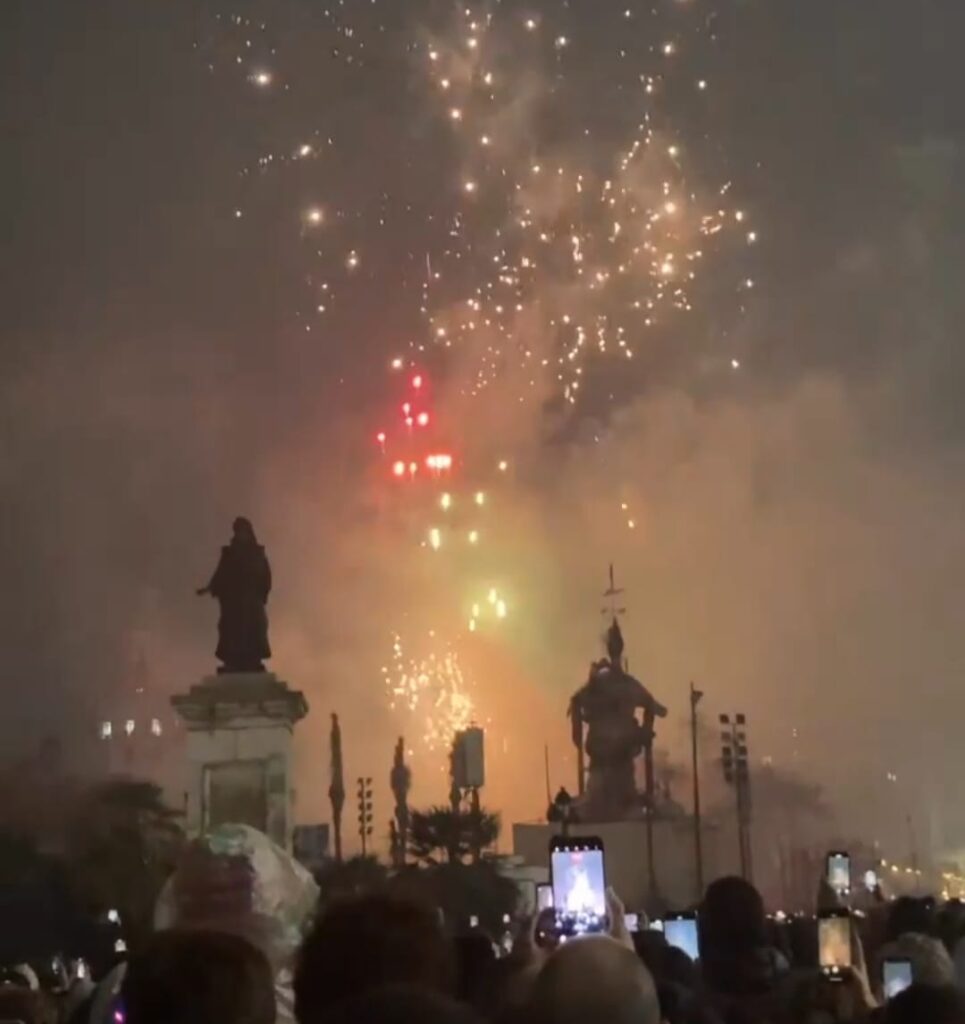
Beyond the Mascletà, the festival features:
Nit del Foc (Night of Fire) – The grandest fireworks display, held on the night of March 18th.
Castillos de fuegos artificiales – Firework shows lighting up the sky throughout the festival.
Street firecrackers – A constant presence, as children and adults set off fireworks in the streets.
The love for fire and sound is an essential part of Valencian identity, and Las Fallas showcases this passion in full force.
The Ofrenda: A Heartfelt Floral Tribute
Despite the fire and noise on these days. The Festival has a deeply spiritual and emotional moment. The Ofrenda de Flores, over two days, thousands of Valencians, dressed in traditional attire, gather to offer flowers to the Virgen de los Desamparados, the patron saint of Valencia. The flowers are placed on a towering wooden structure, forming a breathtaking tapestry of color and devotion. Because of that March 17th and 18th, are one of the most touching parts of the festival, showcasing faith, community, and heritage. Many participants prepare for months, crafting intricate regional dresses.
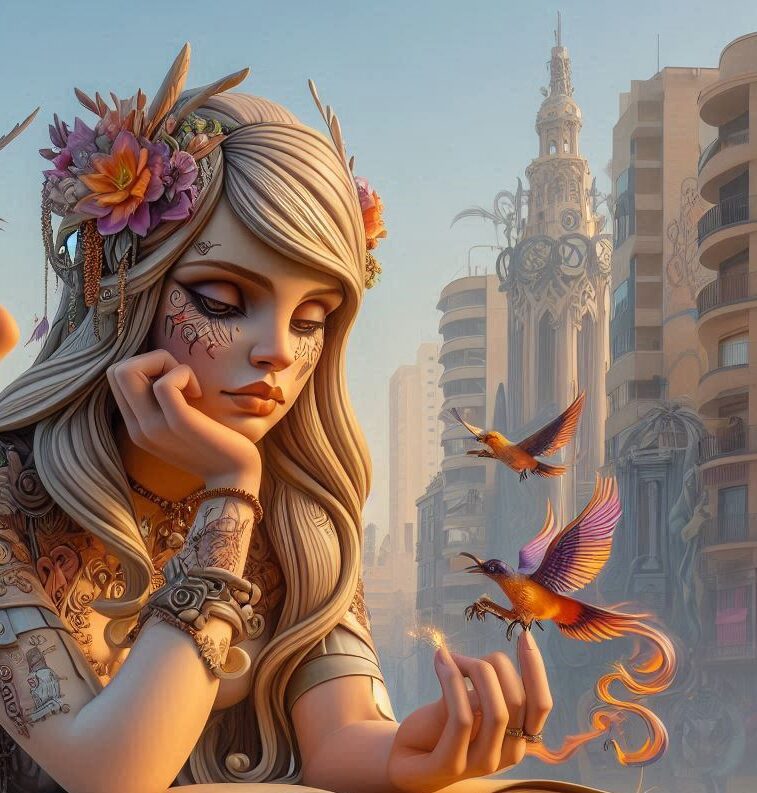
The grand finale: La Cremà
La Cremà, the culmination of Las Falla on March 19. Then, in a spectacular display, all the fallas are set ablaze. Towering flames light up the metropolis as darkness falls, turning the beautiful masterpieces to ashes. Reflecting the festival’s beginnings as a farewell to winter, this burning ceremony represents rebirth, ends, and fresh starts.
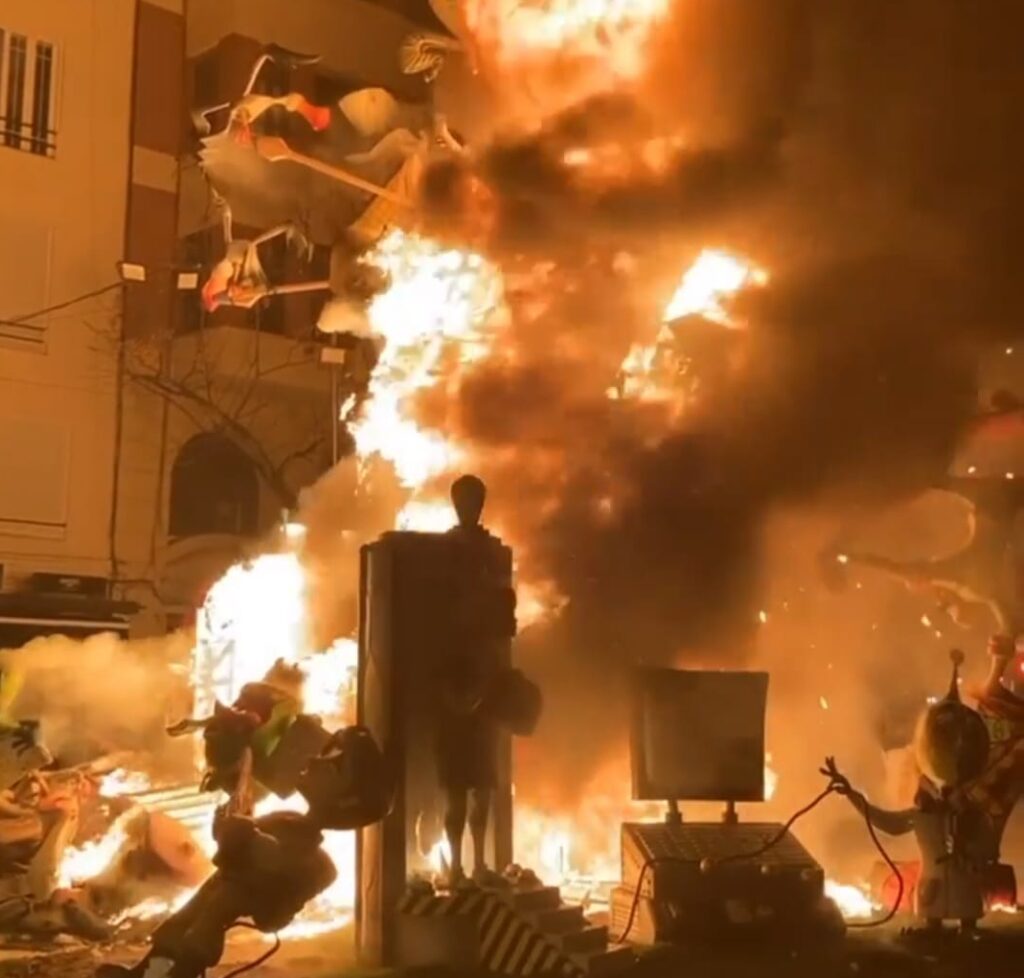
While the majority of fallas are burned, the winning ninot is saved and displayed in the Fallas Museum as a piece of history. This big night is a mix of emotions—celebration, nostalgia, and awe—as Valencians bid farewell to another year of creativity and tradition.
Everyone should experience Las Fallas
Las Fallas is not just a festival. It is an unreal cultural experience that shows the soul of Valencia. Whether you come for the spectacular fireworks, the incredible art, the music, the dance, or the warmth of the people, this event has something stuning for everyone. It is a unique mix of history, humor, and passion, bringing.
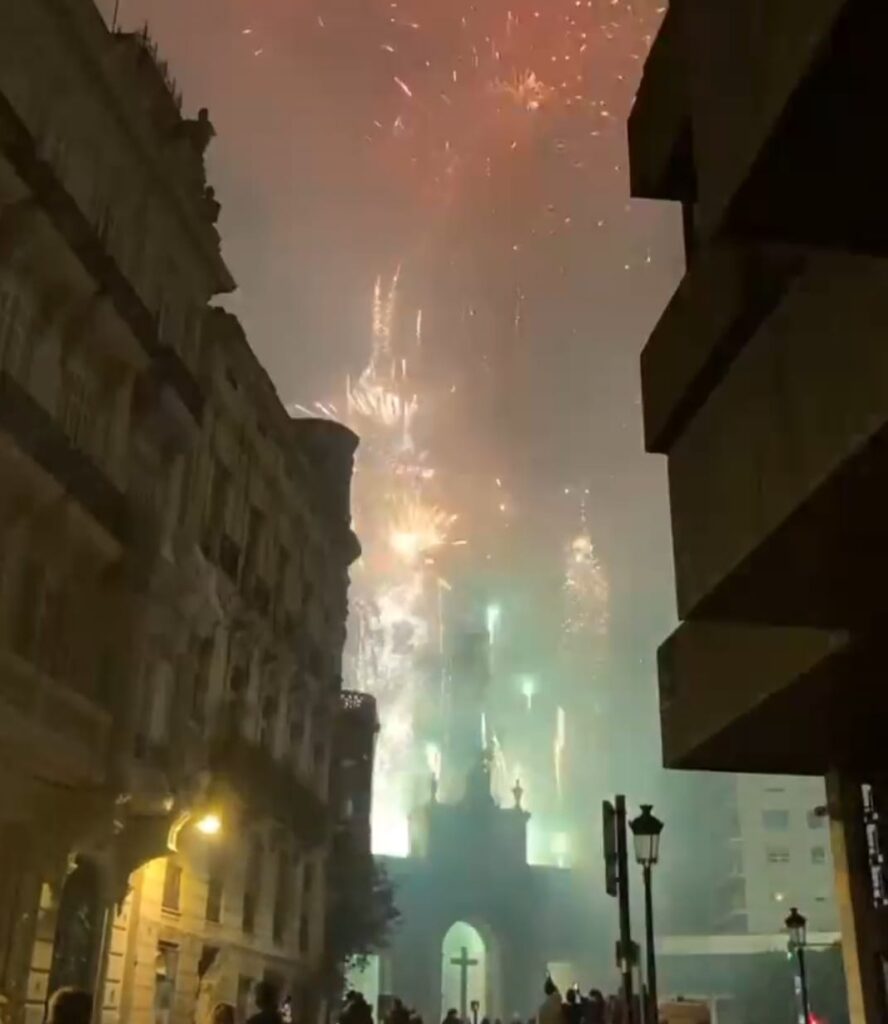
One of the best ways to experience Las Fallas is by doing an internship in Valencia. Not only you will get to challenge yourself in Spanish culture, but you will also have the opportunity to witness this incredible festival up close. For more information on festivals, check out this guide.

